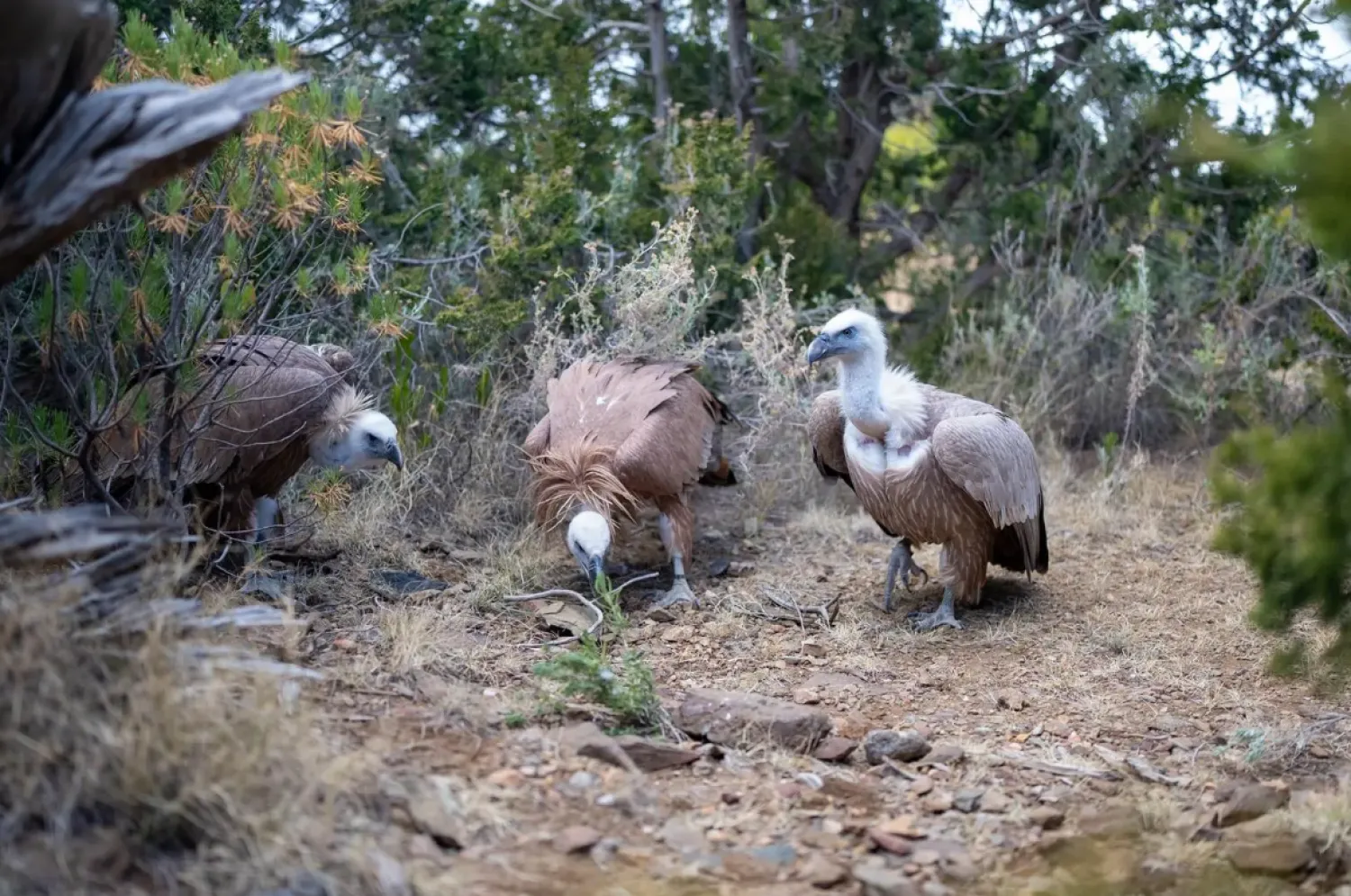A geologist and Renaissance art historian is claiming to have solved the centuries-old debate on the location of the Italian landscape behind Leonardo da Vinci’s Mona Lisa.
Ann Pizzorusso, the author of the 2014 book “Tweeting Da Vinci,” is claiming she cracked the case, The Guardian reported.
In her expert opinion, Leonardo portrayed parts of the city of Lecco, on the shore of Lake Como in the Lombardy region of northern Italy, in his 16th-century masterpiece.
Pizzorusso claims she pinpointed the bridge, mountain range and lake featured in the painting’s background as Lecco’s Azzone Visconti bridge, built in the 14th century, the Alps which overlook the area and Lake Garlate, located south of the city.
Leonardo is known to have visited the area about 250 miles north of his home region of Florence about 500 years ago.
“I’m so excited about this. I really feel it’s a home run,” Pizzorusso told The Guardian.
She credited her knowledge of both geology and art for the findings, saying, “Geologists don’t look at paintings and art historians don’t look at geology.”
Using her knowledge of rocks, she also identified the greyish-white ones in the artwork, which was painted between 1503 and 1519 and now hangs in the Louvre Museum in Paris, as limestone, which is prevalent in Lecco.









